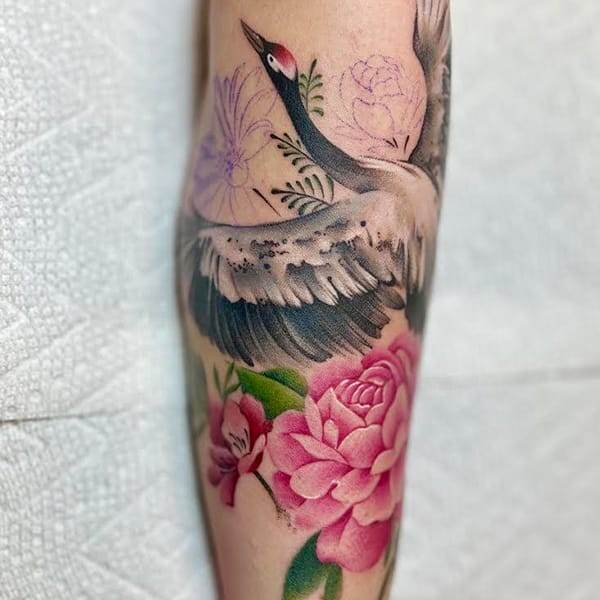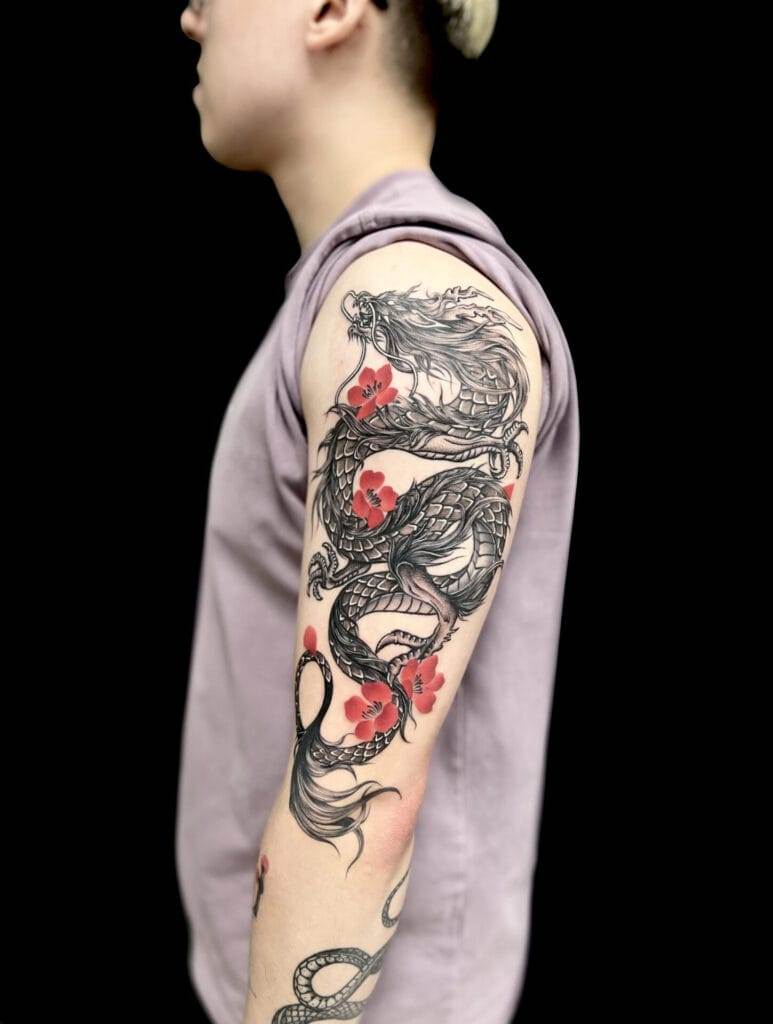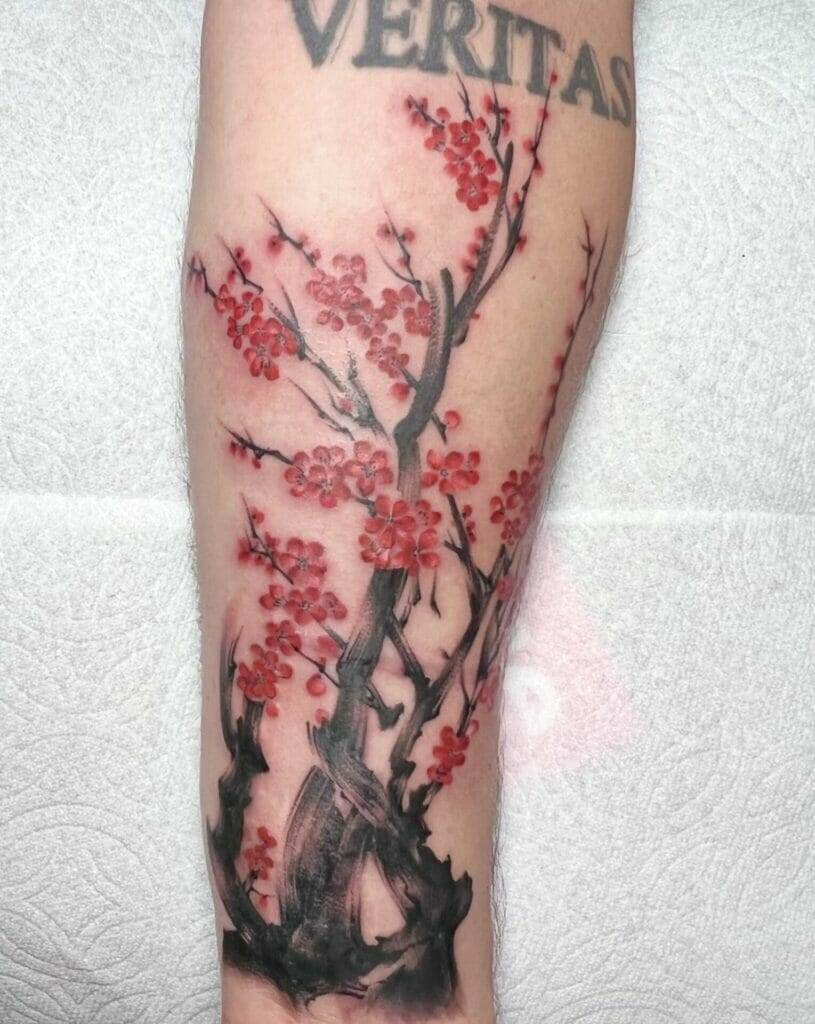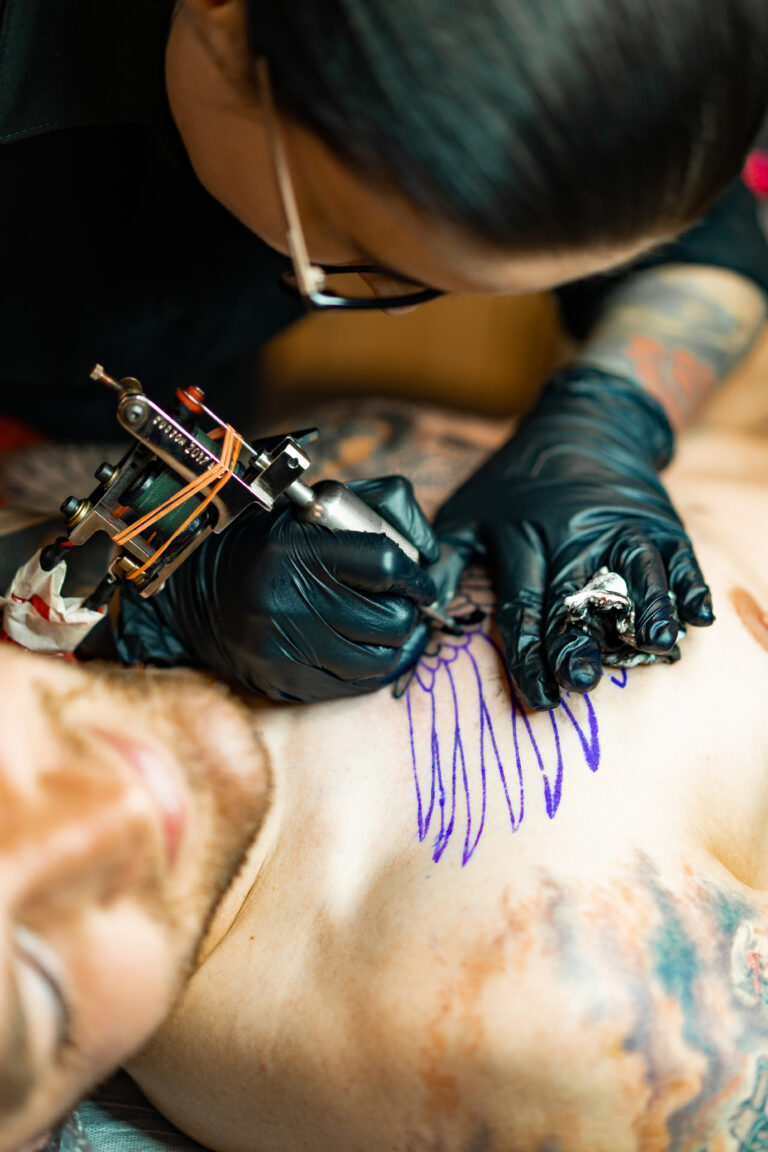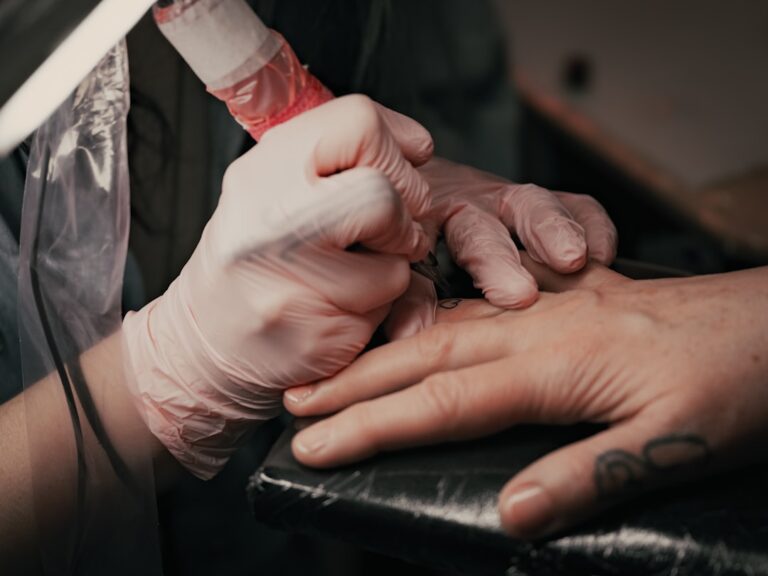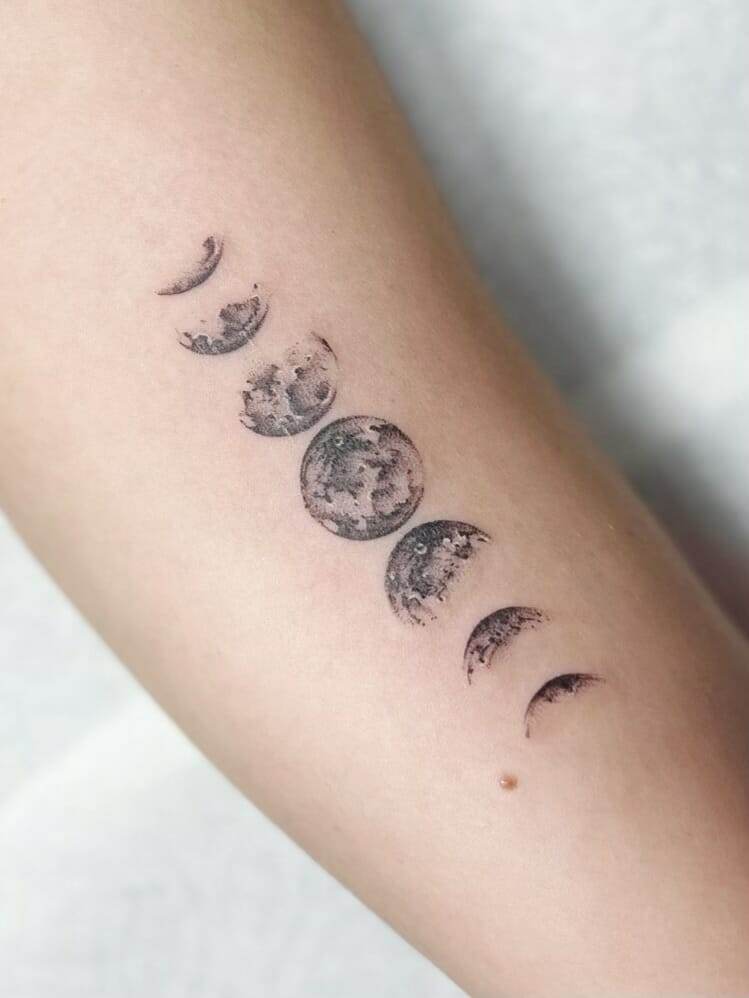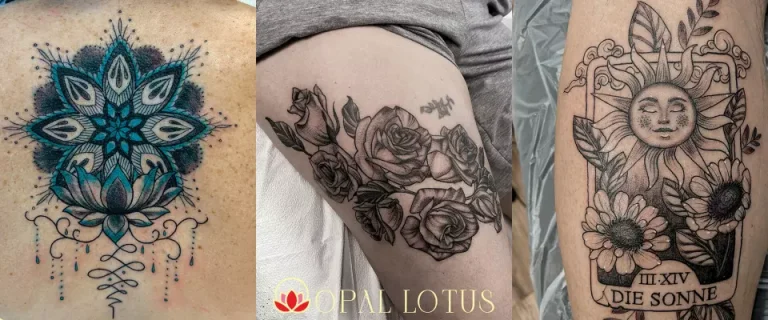Tattoos have long been recognized as a powerful form of self-expression and storytelling. They serve as a permanent reminder of significant moments, beliefs, and experiences in a person’s life. Each tattoo tells a unique story, and the artistry and symbolism behind them can be truly captivating. In this blog post, we will explore the rich history and symbolism of Asian tattoos, delving into the cultural significance and meaning behind these intricate designs.
The Rich History of Asian Tattooing
Tattooing has a deep-rooted history in Asia, with evidence of its practice dating back thousands of years. The origins of tattooing in Asia can be traced to ancient civilizations such as China, Japan, India, and Thailand. Each culture has its own unique traditions and techniques that have contributed to the art of Asian tattooing.
In ancient societies, tattoos held great significance and were often used as a form of identification, protection, or spiritual expression. For example, in Japan, tattoos were initially used to mark criminals as a form of punishment. However, over time, they evolved into elaborate designs that symbolized bravery, strength, and loyalty.
The Significance of Symbolism in Asian Culture
Symbolism plays a crucial role in Asian culture, with each symbol carrying deep meaning and significance. This symbolism is often incorporated into Asian tattoos to convey personal beliefs, values, or aspirations. From animals to flowers to mythical creatures, each symbol holds its own unique meaning.
For example, the dragon is a common symbol in Asian tattoos and represents power, strength, and good fortune. The koi fish symbolizes perseverance and determination in the face of adversity. The lotus flower represents purity and enlightenment. These symbols are not only visually striking but also carry profound cultural significance.
The Different Types of Asian Tattoos and Their Meanings
Asian tattoos encompass a wide range of styles and designs, each with its own distinct meaning. Traditional Japanese tattoos, also known as irezumi, are characterized by their bold, vibrant colors and intricate designs. These tattoos often depict mythical creatures such as dragons, phoenixes, and tigers, symbolizing strength, protection, and good luck.
Thai tattoos, or sak yant, are another popular form of Asian tattooing. These tattoos are traditionally done by Buddhist monks and are believed to provide protection and blessings to the wearer. The designs often incorporate sacred symbols and prayers.
Chinese tattoos are known for their calligraphy and intricate designs. They often feature characters from the Chinese language that represent virtues such as love, wisdom, or courage. These tattoos are highly personalized and can convey a wide range of meanings depending on the individual.
The Importance of Placement in Asian Tattooing
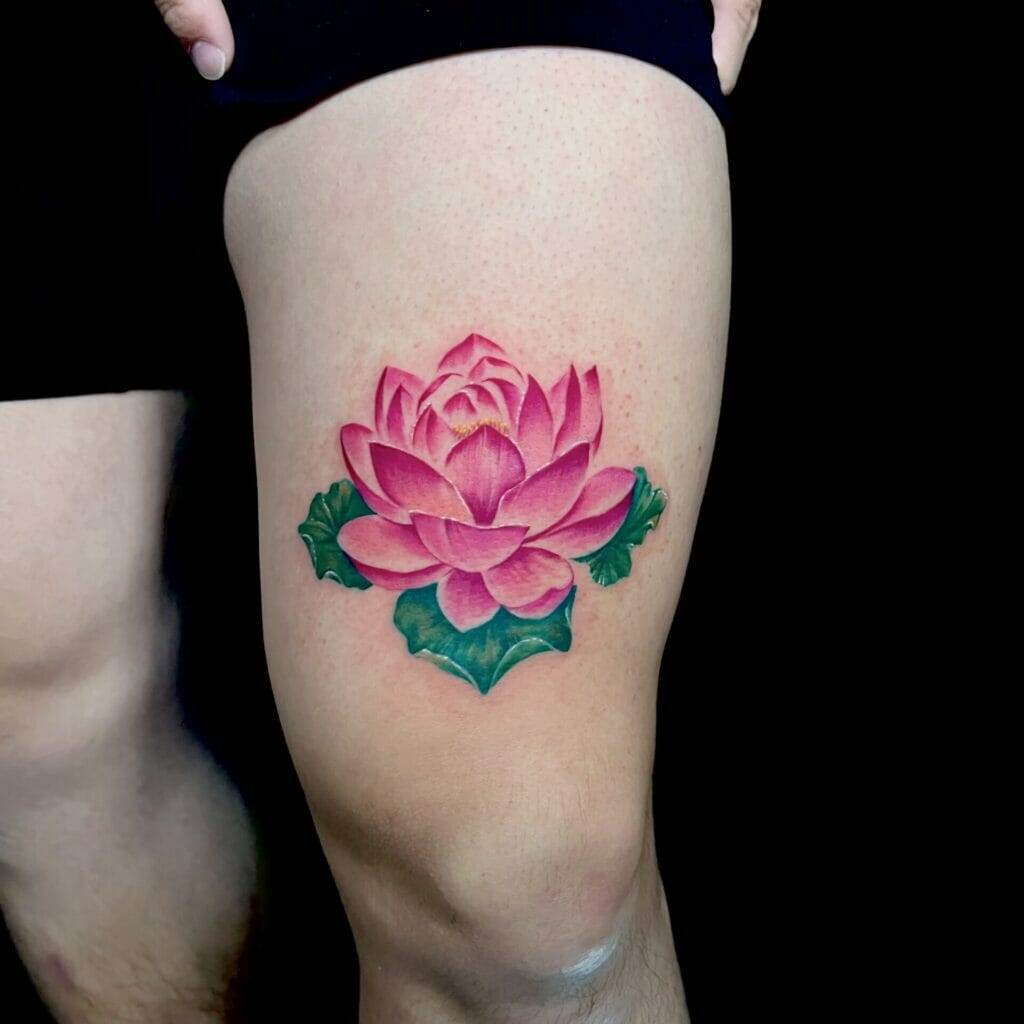
In Asian culture, the placement of a tattoo is just as important as the design itself. Different areas of the body hold different meanings and symbolism. For example, a tattoo on the back is often associated with protection and strength, while a tattoo on the chest may symbolize love or passion.
The placement of a tattoo can also affect its visibility and impact. In some Asian cultures, tattoos are still associated with criminality or rebellion, so individuals may choose to place their tattoos in discreet locations to avoid judgment or discrimination.
The Role of Color in Asian Tattoos
Color plays a significant role in Asian tattoos, with each hue carrying its own symbolic meaning. Red is often associated with good fortune and happiness, while black represents strength and power. Gold is a symbol of wealth and prosperity, while blue is associated with tranquility and spirituality.
Combining different colors in a tattoo can create a visually striking design that conveys multiple layers of meaning. For example, a dragon tattoo with red scales may symbolize power and good fortune, while a dragon with blue scales may represent wisdom and spirituality.
The Influence of Religion and Spirituality in Asian Tattoos
Religion and spirituality have a profound influence on Asian tattooing. Many Asian tattoos incorporate symbols and imagery from religious traditions such as Buddhism, Hinduism, or Taoism. These tattoos serve as a form of spiritual protection or a way to express one’s devotion to a particular deity or belief system.
Common religious symbols in Asian tattoos include the Buddha, the lotus flower, the Om symbol, and various Hindu gods and goddesses. These tattoos not only hold personal significance for the wearer but also serve as a visual representation of their faith.
The Evolution of Asian Tattooing in Modern Times
Asian tattooing has evolved significantly over time, adapting to changing cultural norms and technological advancements. In modern times, there has been a resurgence of interest in traditional Asian tattooing styles, with many artists specializing in these intricate designs.
Advancements in tattooing technology have also allowed for more detailed and precise designs. Tattoo artists now have access to a wider range of colors and tools, enabling them to create stunning works of art that were once unimaginable.
The Controversies Surrounding Asian Tattoos
While Asian tattoos have gained popularity worldwide, they have also been subject to controversies and debates. Cultural appropriation is a significant concern, as non-Asian individuals may appropriate traditional Asian designs without understanding their cultural significance.
Additionally, stereotypes associated with Asian tattoos can perpetuate harmful stereotypes or misrepresentations of Asian culture. It is essential to approach Asian tattooing with respect and understanding, appreciating the rich history and symbolism behind these designs.
The Future of Asian Tattooing and Storytelling
The future of Asian tattooing is bright, with endless possibilities for growth and innovation. As more people become interested in the art form, there will likely be an increased demand for skilled artists who can create authentic and culturally sensitive designs.
Emerging trends in Asian tattooing include the fusion of traditional and contemporary styles, as well as the incorporation of new technologies such as augmented reality. These advancements will allow for even more creative storytelling through tattoos, pushing the boundaries of what is possible.
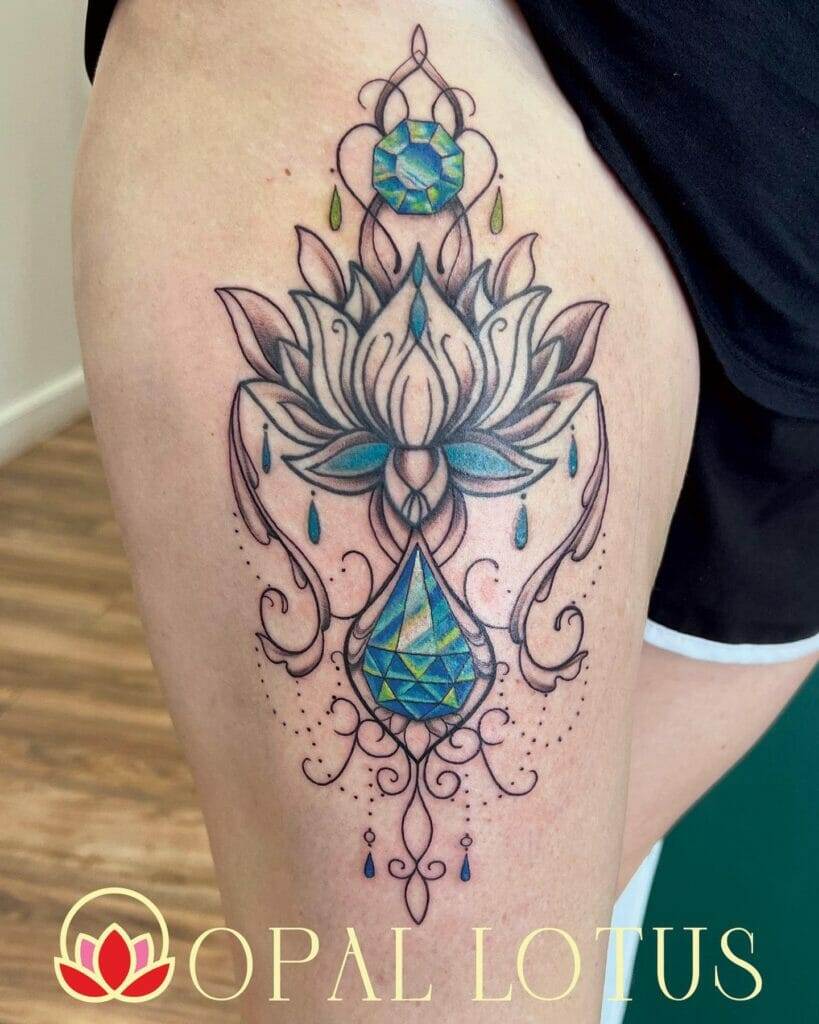
The Enduring Appeal of Asian Tattoos as a Form of Storytelling
Asian tattoos have a timeless appeal that transcends cultural boundaries. They serve as a powerful form of storytelling, allowing individuals to express their beliefs, values, and experiences through intricate designs and symbolism.
By understanding the rich history and symbolism behind Asian tattoos, we can appreciate the artistry and cultural significance of these designs. Whether you are considering getting an Asian tattoo or simply interested in learning more about this ancient art form, exploring the world of Asian tattooing is a fascinating journey that will deepen your understanding of storytelling through body art.

